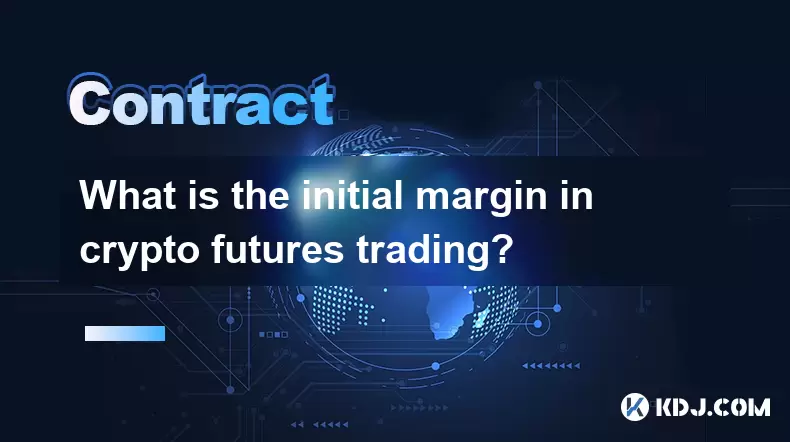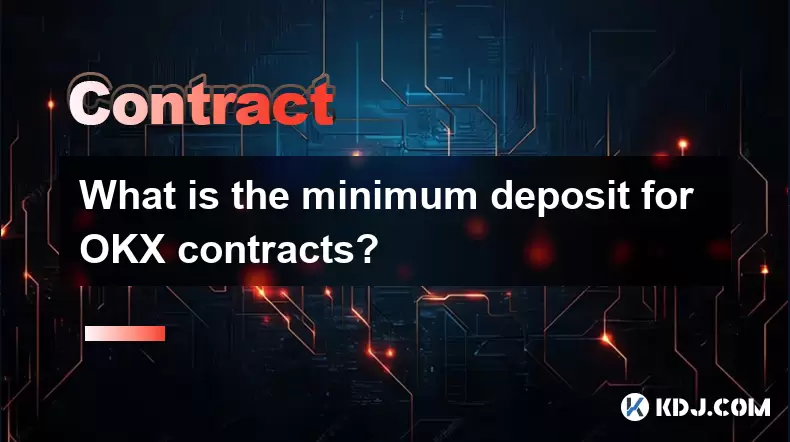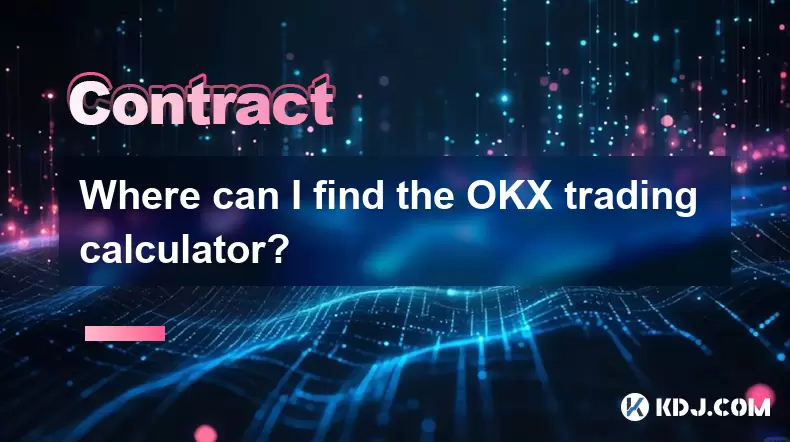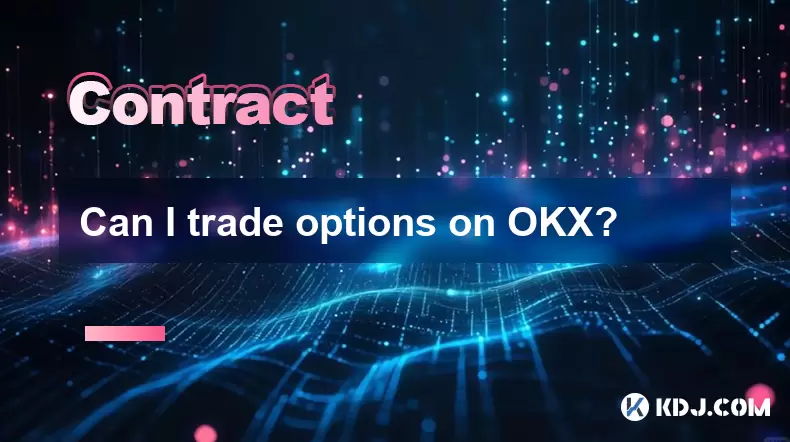-
 Bitcoin
Bitcoin $117500
2.15% -
 Ethereum
Ethereum $3911
6.19% -
 XRP
XRP $3.316
10.79% -
 Tether USDt
Tether USDt $1.000
0.01% -
 BNB
BNB $787.2
2.24% -
 Solana
Solana $175.2
4.15% -
 USDC
USDC $0.9999
0.00% -
 Dogecoin
Dogecoin $0.2225
8.40% -
 TRON
TRON $0.3383
0.28% -
 Cardano
Cardano $0.7868
6.02% -
 Stellar
Stellar $0.4382
9.34% -
 Hyperliquid
Hyperliquid $40.92
7.56% -
 Sui
Sui $3.764
7.63% -
 Chainlink
Chainlink $18.48
10.66% -
 Bitcoin Cash
Bitcoin Cash $582.1
1.88% -
 Hedera
Hedera $0.2601
6.30% -
 Avalanche
Avalanche $23.33
4.94% -
 Ethena USDe
Ethena USDe $1.001
0.02% -
 Litecoin
Litecoin $122.3
2.04% -
 UNUS SED LEO
UNUS SED LEO $8.969
-0.27% -
 Toncoin
Toncoin $3.339
0.86% -
 Shiba Inu
Shiba Inu $0.00001287
4.30% -
 Uniswap
Uniswap $10.43
7.38% -
 Polkadot
Polkadot $3.861
5.08% -
 Dai
Dai $1.000
0.02% -
 Bitget Token
Bitget Token $4.513
3.41% -
 Monero
Monero $267.7
-6.18% -
 Cronos
Cronos $0.1499
4.14% -
 Pepe
Pepe $0.00001110
5.15% -
 Aave
Aave $284.9
8.28%
What is the initial margin in crypto futures trading?
In crypto futures trading, initial margin is the collateral required to open a leveraged position, varying by asset, exchange, and leverage level.
Aug 08, 2025 at 03:42 pm

Understanding Initial Margin in Crypto Futures Trading
In crypto futures trading, the initial margin refers to the minimum amount of funds a trader must deposit into their trading account to open a leveraged position. This amount acts as collateral and ensures that traders have skin in the game before entering into a futures contract. Unlike spot trading, where assets are bought and sold at current market prices, futures trading allows traders to speculate on price movements using leverage, which amplifies both potential gains and losses. The initial margin is typically expressed as a percentage of the total contract value and varies depending on the exchange, the specific contract, and the level of leverage used.
For example, if a futures contract has a value of $10,000 and the required initial margin is 10%, the trader must deposit $1,000 to open the position. This does not represent the full cost of the contract but rather the minimum security deposit required by the exchange to mitigate risk.
How Initial Margin Differs from Maintenance Margin
It is crucial to distinguish between initial margin and maintenance margin. While the initial margin is the upfront deposit needed to open a position, the maintenance margin is the minimum equity that must be maintained in the account to keep the position open. If the account balance falls below the maintenance margin level due to adverse price movements, the trader will receive a margin call or face automatic liquidation.
For instance, an exchange might require a 10% initial margin but only a 5% maintenance margin. This means that if the value of the trader’s position declines to the point where equity drops below 5% of the contract value, the system will either demand additional funds or close the position to prevent further losses.
Calculating Initial Margin: Step-by-Step Example
To calculate the initial margin for a crypto futures contract, traders need to know the contract size, the current price of the underlying asset, and the leverage or margin requirement set by the exchange. Follow these steps:
- Determine the contract size (e.g., 1 BTC per contract).
- Check the current market price of the asset (e.g., BTC is trading at $30,000).
- Identify the leverage ratio offered (e.g., 10x leverage).
- Use the formula:
Initial Margin = (Contract Size × Market Price) / Leverage
Applying the numbers:
(1 BTC × $30,000) / 10 = $3,000
This means the trader must deposit $3,000 as initial margin to open a 1 BTC futures position with 10x leverage. Some exchanges may display margin requirements as percentages instead of leverage. In such cases, if the margin requirement is listed as 10%, the calculation becomes:
Initial Margin = Contract Value × Margin Percentage
$30,000 × 10% = $3,000
Role of Initial Margin in Risk Management
The initial margin plays a vital role in risk management for both traders and exchanges. By requiring a deposit before opening a leveraged position, exchanges reduce the likelihood of default. For traders, understanding the initial margin helps in planning capital allocation and avoiding over-leveraging.
Exchanges use the initial margin to absorb potential losses during volatile market conditions. High volatility in cryptocurrencies like Bitcoin or Ethereum makes this requirement even more critical. A sudden price swing can quickly erode equity, and without sufficient initial margin, positions may be liquidated prematurely.
Traders should also be aware that higher leverage reduces the initial margin requirement but increases the risk of liquidation. For example, using 50x leverage on a $30,000 BTC contract requires only $600 as initial margin, but the position becomes extremely sensitive to price changes.
How Exchanges Set Initial Margin Requirements
Each cryptocurrency exchange independently sets its initial margin requirements based on several factors:
- The volatility of the underlying cryptocurrency. More volatile assets like Solana or Dogecoin may require higher initial margin percentages.
- The leverage tiers offered. Exchanges often provide tiered leverage, where higher position sizes require higher initial margin to mitigate systemic risk.
- Market conditions. During periods of high volatility or major news events, exchanges may temporarily increase initial margin requirements.
- Regulatory guidelines. Some jurisdictions impose minimum margin standards that exchanges must follow.
For example, Binance and Bybit display margin requirements dynamically based on position size. A small BTC futures position might require only 1% initial margin (100x leverage), while larger positions may drop to 5% (20x leverage) to discourage excessive risk-taking.
Practical Steps to Deposit and Use Initial Margin
To begin trading crypto futures, traders must first ensure their account is funded with sufficient assets to meet the initial margin requirement. Here’s how to do it on a typical exchange:
- Log in to your futures trading account on platforms like Bybit, Binance, or OKX.
- Navigate to the Futures section and select the desired contract (e.g., BTCUSD quarterly).
- Choose your leverage level using the leverage selector.
- The platform will automatically calculate and display the required initial margin.
- Transfer funds from your spot wallet to your futures wallet if necessary.
- Confirm the trade. The initial margin will be locked upon position opening.
Ensure your wallet contains enough USDT, BTC, or other accepted collateral. Some platforms support cross margin mode, where all funds in the futures wallet act as collateral, while isolated margin mode limits risk to the specified initial margin amount.
Frequently Asked Questions
Can I withdraw my initial margin after opening a futures position?
No, the initial margin is locked once the position is opened. It can only be released when the position is closed and profits or losses are settled.
Does the initial margin earn interest on crypto exchanges?
Some exchanges, like Bybit, offer margin lending programs where unused funds can be lent out for interest. However, funds used as initial margin in active positions do not earn interest.
What happens if I don’t have enough funds for the initial margin?
The exchange will reject the trade. You must deposit additional funds or reduce your position size to meet the initial margin requirement.
Is initial margin the same across all cryptocurrencies?
No, initial margin requirements vary between cryptocurrencies. More volatile or lower-liquidity coins often require higher initial margin percentages compared to major assets like Bitcoin or Ethereum.
Disclaimer:info@kdj.com
The information provided is not trading advice. kdj.com does not assume any responsibility for any investments made based on the information provided in this article. Cryptocurrencies are highly volatile and it is highly recommended that you invest with caution after thorough research!
If you believe that the content used on this website infringes your copyright, please contact us immediately (info@kdj.com) and we will delete it promptly.
- Bitcoin, Meme ICOs, and FOMO: Catching the Next Crypto Wave
- 2025-08-08 18:30:34
- OM, Investment, and Growth: Decoding the Latest Trends in Digital Assets
- 2025-08-08 18:30:34
- SNEK, Cardano, and the Contributor's Conundrum: A Meme Coin's Fight for Recognition
- 2025-08-08 16:30:12
- Toshi Crypto's Wild Ride: Rally, Demand Slump, and What's Next
- 2025-08-08 16:30:12
- Ethereum, Staking Yields, and DeFi Exposure: A New Era for Investors?
- 2025-08-08 15:10:12
- Unilabs Pumps MIA, Binance Coin Bouncing Back, and Ethereum's Bearish Blues
- 2025-08-08 15:10:12
Related knowledge

What is the distinction between mark price and last price on KuCoin?
Aug 08,2025 at 01:58pm
Understanding the Basics of Price in Cryptocurrency TradingIn cryptocurrency exchanges like KuCoin, two key price indicators frequently appear on trad...

What are the specific maker and taker fees on KuCoin Futures?
Aug 08,2025 at 08:28am
Understanding Maker and Taker Fees on KuCoin FuturesWhen trading on KuCoin Futures, users encounter two primary types of fees: maker fees and taker fe...

What is the maximum leverage available on KuCoin Futures?
Aug 08,2025 at 10:21am
Understanding Leverage in KuCoin Futures TradingLeverage in KuCoin Futures allows traders to control a larger position size using a smaller amount of ...

What is the minimum deposit for OKX contracts?
Aug 08,2025 at 07:00am
Understanding OKX Contract Trading BasicsOKX is one of the leading cryptocurrency derivatives exchanges, offering a wide range of perpetual and future...

Where can I find the OKX trading calculator?
Aug 08,2025 at 07:49am
Understanding the OKX Trading Calculator FunctionalityThe OKX trading calculator is a powerful analytical tool designed to assist traders in estimatin...

Can I trade options on OKX?
Aug 08,2025 at 11:01am
Understanding Options Trading on OKXYes, you can trade options on OKX. OKX is one of the leading cryptocurrency derivatives exchanges that offers a de...

What is the distinction between mark price and last price on KuCoin?
Aug 08,2025 at 01:58pm
Understanding the Basics of Price in Cryptocurrency TradingIn cryptocurrency exchanges like KuCoin, two key price indicators frequently appear on trad...

What are the specific maker and taker fees on KuCoin Futures?
Aug 08,2025 at 08:28am
Understanding Maker and Taker Fees on KuCoin FuturesWhen trading on KuCoin Futures, users encounter two primary types of fees: maker fees and taker fe...

What is the maximum leverage available on KuCoin Futures?
Aug 08,2025 at 10:21am
Understanding Leverage in KuCoin Futures TradingLeverage in KuCoin Futures allows traders to control a larger position size using a smaller amount of ...

What is the minimum deposit for OKX contracts?
Aug 08,2025 at 07:00am
Understanding OKX Contract Trading BasicsOKX is one of the leading cryptocurrency derivatives exchanges, offering a wide range of perpetual and future...

Where can I find the OKX trading calculator?
Aug 08,2025 at 07:49am
Understanding the OKX Trading Calculator FunctionalityThe OKX trading calculator is a powerful analytical tool designed to assist traders in estimatin...

Can I trade options on OKX?
Aug 08,2025 at 11:01am
Understanding Options Trading on OKXYes, you can trade options on OKX. OKX is one of the leading cryptocurrency derivatives exchanges that offers a de...
See all articles

























































































